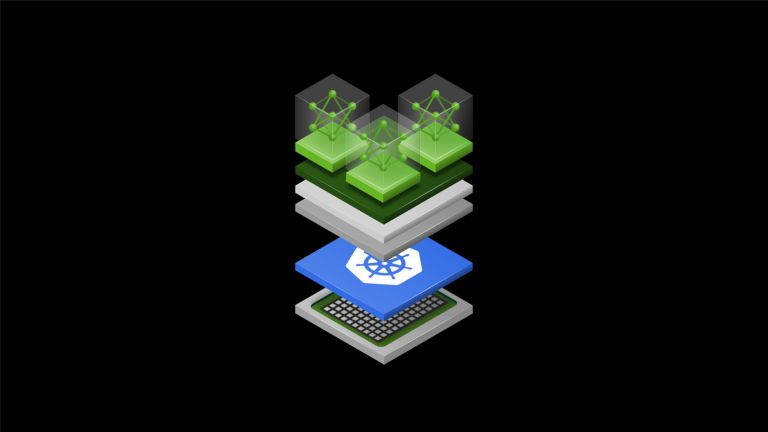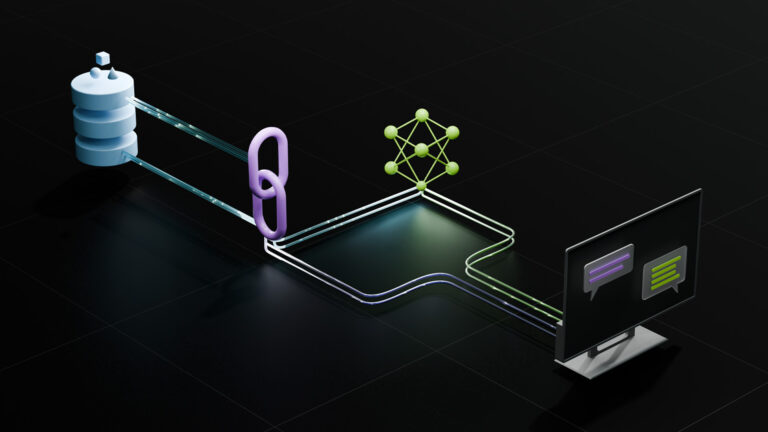 In the rapidly evolving field of medicine, the integration of cutting-edge technologies is crucial for enhancing patient care and advancing research. One such…
In the rapidly evolving field of medicine, the integration of cutting-edge technologies is crucial for enhancing patient care and advancing research. One such…
In the rapidly evolving field of medicine, the integration of cutting-edge technologies is crucial for enhancing patient care and advancing research. One such innovation is retrieval-augmented generation (RAG), which is transforming how medical information is processed and used. RAG combines the capabilities of large language models (LLMs) with external knowledge retrieval…

 Developers have shown a lot of excitement for NVIDIA NIM microservices, a set of easy-to-use cloud-native microservices that shortens the time-to-market and…
Developers have shown a lot of excitement for NVIDIA NIM microservices, a set of easy-to-use cloud-native microservices that shortens the time-to-market and… Llama 3.1 Nemotron 70B Reward model helps generate high-quality training data that aligns with human preferences for finance, retail, healthcare, scientific…
Llama 3.1 Nemotron 70B Reward model helps generate high-quality training data that aligns with human preferences for finance, retail, healthcare, scientific… AI techniques like large language models (LLMs) are rapidly transforming many scientific disciplines. Quantum computing is no exception. A collaboration between…
AI techniques like large language models (LLMs) are rapidly transforming many scientific disciplines. Quantum computing is no exception. A collaboration between… Some of Africa’s most resource-constrained farmers are gaining access to on-demand, AI-powered advice through a multimodal chatbot that gives detailed…
Some of Africa’s most resource-constrained farmers are gaining access to on-demand, AI-powered advice through a multimodal chatbot that gives detailed… The new release includes several new features including improved stdpar programming and Arm processor support.
The new release includes several new features including improved stdpar programming and Arm processor support. Many of the most exciting applications of large language models (LLMs), such as interactive speech bots, coding co-pilots, and search, need to begin responding…
Many of the most exciting applications of large language models (LLMs), such as interactive speech bots, coding co-pilots, and search, need to begin responding…